9 Tips to Improve Tooth Brushing Technique
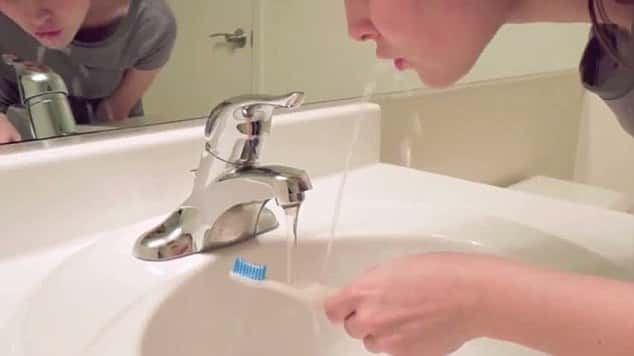
From a young age, you were instilled with the importance of brushing your teeth at least twice daily. However, as life unfolded, incorporating this essential routine into your busy schedule might have posed challenges. Whether you’ve faced significant life changes that impacted your oral health or received concerning news from your dentist regarding cavities or gum disease, the reality is that everyone can benefit from refining their oral hygiene practices. In this article, we will provide nine valuable tips to enhance your tooth brushing technique.
Table of Contents
The Importance and Purpose of Tooth Brushing
Let’s not forget why we brush our teeth. We don’t brush our teeth just for fun. The purpose of tooth brushing is to remove the dental plaque off our teeth. Dental plaque is a soft collection of food particles, bacteria, and debris that sticks on the tooth surface.
It’s crucial to remember the fundamental purpose behind our daily dental ritual of tooth brushing. It’s not merely a pleasant pastime; instead, it serves a vital role in our oral health. The primary objective of tooth brushing is to meticulously eliminate dental plaque from the surfaces of our teeth. Dental plaque is a soft and sticky amalgamation of food remnants, bacteria, and debris that adheres to the tooth enamel. Understanding why plaque removal is essential is pivotal to maintaining our dental well-being.
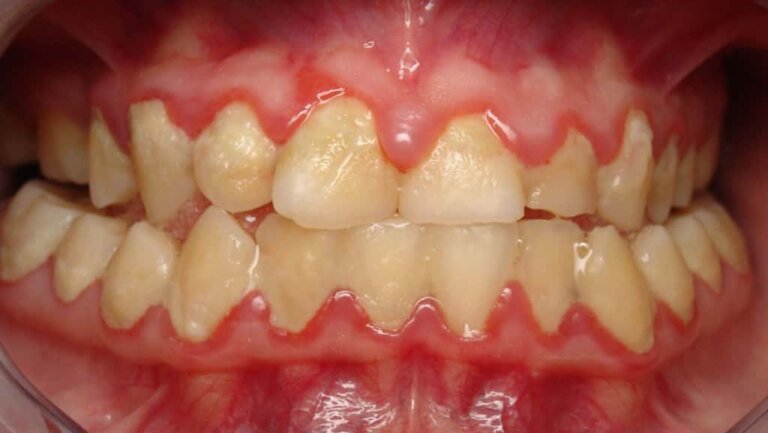
Dental plaque presents several challenges to our oral health. Within this plaque reside bacteria such as Streptococcus mutans and Lactobacillus, which metabolize sugars and produce acids as byproducts. These acids are highly corrosive and can lead to the demineralization of tooth enamel, setting the stage for the formation of cavities. Furthermore, when plaque accumulates along the gumline, it can provoke irritation in the gum tissues, paving the way for the development of gingivitis, an initial stage of gum disease that, if left untreated, can progress to more severe periodontal conditions.
Regular tooth brushing and flossing constitute one of the most effective preventive measures against the potentially harmful consequences of dental plaque buildup. By diligently brushing our teeth, we not only remove the soft plaque before it has a chance to harden into tartar but also disrupt the activities of acid-producing bacteria. In tandem with flossing, which targets the hard-to-reach spaces between teeth, we can safeguard our smiles and promote lasting oral health. So, the next time you pick up your toothbrush, remember that you’re not just engaging in a routine task; you’re actively preserving the well-being of your teeth and gums for years to come.
Tip #1: Brush After Every Meal

Here’s a valuable tip that can truly transform your oral hygiene routine: make it a habit to brush your teeth after every meal. This seemingly small change can yield substantial benefits for your dental well-being.
For many of us, the morning ritual begins with groggily stumbling into the bathroom to brush our teeth upon waking up. However, if breakfast immediately follows, the effort you put into brushing beforehand may seem futile. This is because consuming a meal introduces the potential for plaque buildup and food particles on your teeth until your next brushing session, which might not happen until bedtime. Shifting your tooth-brushing routine from pre-breakfast to post-breakfast allows you to enjoy a 3-4 hour window of clean teeth before lunchtime.
Certainly, there’s no harm in brushing both before and after breakfast, but for those of us with busy lives, dedicating extensive time to our oral care regimen isn’t always feasible. Opting to brush immediately after a meal, especially when time is of the essence, is a practical and effective alternative.
This principle applies equally to lunch and dinner. After your midday meal, consider making it a habit to brush promptly. Admittedly, this might pose a challenge for individuals with hectic workdays or constantly on-the-go lifestyles. However, at the very least, rinsing your mouth with water can help eliminate loose plaque, food remnants, sugars, and acidity that may linger on your teeth.
Brushing your teeth immediately after dinner surpasses brushing just before bedtime. For instance, if your usual bedtime is at 11 pm, but you dined at 6 pm, brushing right after dinner extends the duration of clean teeth to a satisfying 5 hours compared to brushing right before bedtime.
It’s truly remarkable how a single, straightforward change in your daily routine can have a profound impact on your oral health. Embracing this adjustment can be a game-changer in preserving the health and cleanliness of your teeth and gums.
Tip #2: Optimize Your Brushing Technique with a Tooth Brushing Circuit
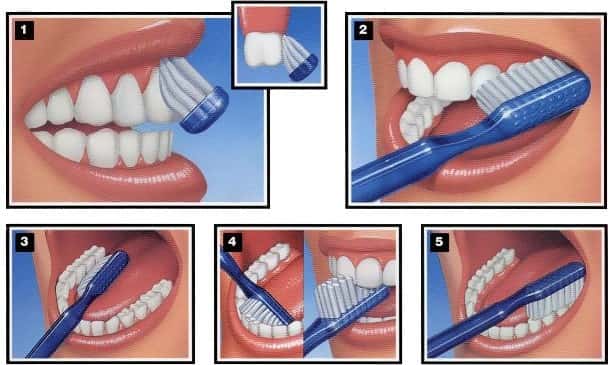
Tooth brushing can sometimes become a mindless, repetitive task, where we may inadvertently miss important tooth surfaces. It’s as if we put our brains on autopilot and let our hands do the work without much thought. To ensure comprehensive and effective tooth brushing, it’s essential to be mentally present and pay attention to every tooth surface. A fantastic way to achieve this is by implementing a structured tooth brushing circuit that will become second nature.
Here’s how you can create a tooth brushing circuit that you’ll never forget:
- Equipment Check: Begin with your trusty toothbrush and ensure it’s in good condition. A quality toothbrush with soft bristles is recommended.
- Top Row – Outside Surfaces: Start with the upper row of teeth (maxillary). Brush the outside surfaces, the ones facing your cheek, from right to left. Ensure you cover every tooth methodically.
- Top Row – Inside Surfaces: Next, move to the inside surfaces, those facing the palate. Brush from left to right, making sure each tooth receives attention.
- Top Row – Biting Surfaces: Finish the top row by brushing the biting surfaces. Once again, move from right to left.
- Bottom Row – Outside Surfaces: Transition to the lower row of teeth (mandibular). Begin with the outside surfaces, facing your cheek, brushing from right to left.
- Bottom Row – Inside Surfaces: Continue to the inside surfaces, those facing the tongue. Brush from left to right to ensure comprehensive cleaning.
- Bottom Row – Biting Surfaces: Conclude the circuit by brushing the biting surfaces of the bottom row, once again moving from right to left.
Congratulations! You’ve just completed your first full tooth brushing circuit.
Conventional wisdom suggests brushing your teeth for a total of two minutes. To keep track of time, you may want to use a timer or even play a two-minute song that you enjoy. If, during this time, you manage to finish two complete circuits of the top and bottom rows of teeth, you can rest assured that you’ve spent the recommended minimum amount of time brushing your teeth effectively.
By incorporating this structured tooth brushing circuit into your routine, you establish a systematic approach to ensure that every tooth receives the attention it deserves, contributing to your overall oral health and hygiene.
Tip #3: Master the Art of Proper Tooth Brushing Technique
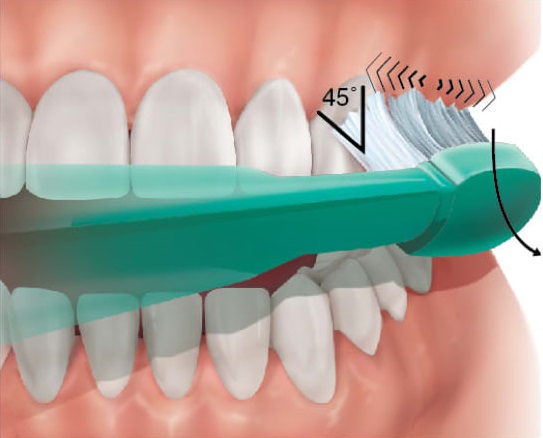
For many of us, our tooth brushing habits have involved a simple back-and-forth scrubbing motion. However, it’s crucial to understand that this technique is not the most effective way to clean your teeth. Learning the proper tooth brushing method can significantly impact your dental health, and one highly recommended approach is the Modified Bass Technique.
Here’s how you can master this technique:
- Angle Matters: Begin by positioning your toothbrush at a 45-degree angle to your gums. This angle allows for optimal access to the gumline and tooth surfaces.
- Short Vibrating Strokes: Initiate gentle back-and-forth strokes with your toothbrush, similar to the motion of an electric toothbrush. Imagine you’re creating a subtle vibration as you move the brush. Spend a few seconds employing this technique on each tooth surface. You might even find it helpful to mentally keep track of the teeth you’ve covered.
- Sweep Away Debris: Conclude your attention to each tooth with a few vertical strokes away from the gumline. This sweeping motion helps clear away any debris or plaque lingering near the gumline.
- Comprehensive Coverage: Implement the dental brushing circuit from Tip #2, ensuring that you cover all surfaces of your teeth. This includes the cheek-facing, palate- or tongue-facing, and occlusal surfaces.
By adopting the Modified Bass Technique and following the recommended tooth brushing circuit, you not only maintain proper alignment of your toothbrush but also ensure comprehensive cleaning of every tooth. This method is particularly effective at dislodging plaque and debris from the gumline, where many dental issues often begin.
With consistent practice, you’ll not only master the art of proper tooth brushing but also elevate your overall oral hygiene. A small change in technique can yield remarkable improvements in your dental health, providing you with a confident and radiant smile for years to come.
Tip #4: Safeguard Your Teeth with a Soft Bristled Toothbrush
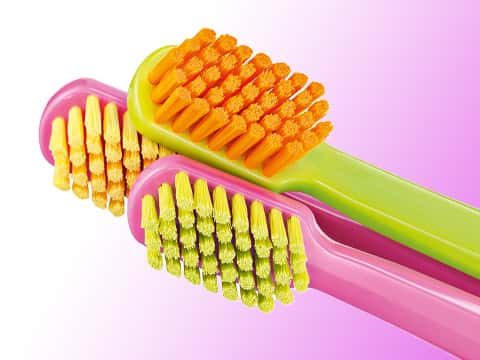
Have you ever considered the firmness of the bristles on your manual toothbrush? If they feel as rigid as a shoe brush, it’s time to reconsider your choice, as you might inadvertently be causing irreversible harm to your teeth. While teeth may seem resilient, they are surprisingly delicate and can be eroded by the abrasive action of stiff bristles, a condition known as traumatic abrasive tooth brushing.
To safeguard your tooth enamel, it’s crucial to opt for a toothbrush with soft bristles, and the softer, the better. Soft bristles are remarkably effective at sweeping away plaque buildup on your teeth without compromising the integrity of your enamel.
Fortunately, most toothbrushes on the market come equipped with soft bristles. However, it’s always wise to double-check and ensure that you’re using one with this gentle yet effective design.
For those who prefer electric toothbrushes, some models include a valuable feature that halts the vibrations if you apply excessive pressure against your teeth. This built-in mechanism serves as a protective measure, preventing overzealous brushing and potential enamel damage.
By choosing a toothbrush with soft bristles and, if applicable, an electric toothbrush with pressure-sensing technology, you actively promote the longevity of your tooth enamel while effectively combating plaque buildup. This small but significant adjustment in your oral care routine can translate into lasting dental health and a brilliant, confident smile.
Tip #5: Target Problem Areas with Precision
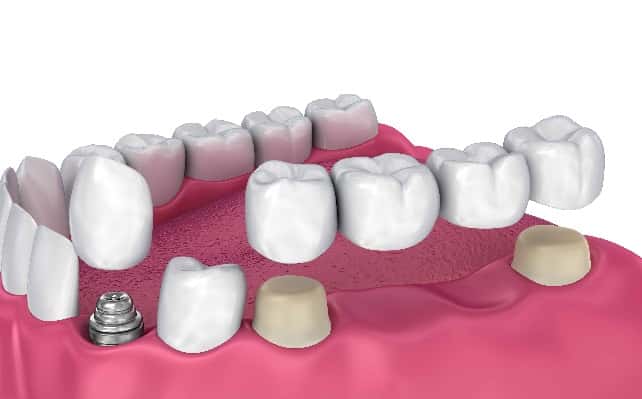
Understanding where your dental problem areas lie and giving them the extra attention they deserve can be a game-changer in your oral hygiene routine. Here are some common areas that often require more time and care when brushing:
- Behind the Last Tooth: The farthest-back tooth in your mouth can be a haven for plaque buildup, as it’s easily overlooked during brushing. Make sure to allocate extra time and attention to this often-neglected area.
- Dental Implants: If you have dental implants, they may have unique contours that require thorough cleaning. Be meticulous in brushing around these areas to prevent plaque accumulation.
- Dental Bridges: Dental bridges can create small crevices where food particles and plaque can hide. Take the time to clean around and beneath the bridge to maintain optimal oral health.
- Lingual Wires: Lingual wires, often used in orthodontic treatment, can trap food and plaque. Pay extra attention to cleaning around these wires to prevent dental issues.
- Around Orthodontic Braces: Braces create additional surfaces where plaque can accumulate. If you have braces, be sure to invest extra effort in cleaning around the brackets, wires, and between your teeth.
Regular dental check-ups are invaluable for identifying problem areas that may require special care. Your dentist can pinpoint these areas and offer customized advice on how to effectively clean them. They may also recommend specific tools or techniques to aid in maintaining your oral health, such as electric toothbrushes, specialized interdental brush heads, Waterpik water flossers, or flossing devices.
By being aware of your dental trouble spots and dedicating extra time and care to them, you can ensure a thorough and effective dental care routine, promoting the longevity of your teeth and gums.
Tip #6: Enhance Your Oral Care with Electric Toothbrushes and Other Aids
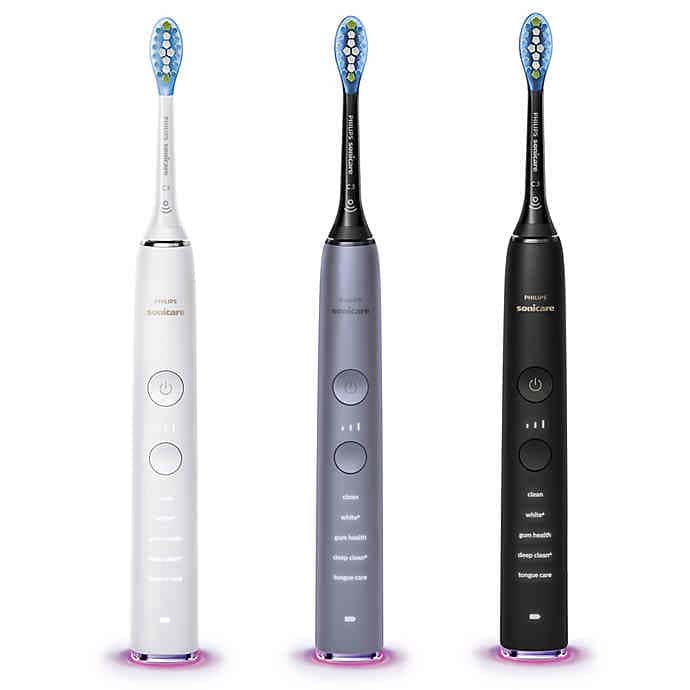
Considering the adoption of an electric toothbrush or other tooth brushing aids can bring numerous benefits to your oral hygiene routine. Here are some compelling reasons to explore these options:
- Ease of Use: Electric toothbrushes take much of the physical effort out of brushing. They do the brushing for you, making them an excellent choice for individuals with poor hand-eye coordination, such as young children, the elderly, or those with physical disabilities.
- Efficiency and Thoroughness: Electric toothbrushes often provide a more efficient and comprehensive cleaning compared to manual brushing. The rapid bristle movement and advanced technology effectively remove plaque, leaving your teeth feeling cleaner and fresher.
- Pressure Sensors: Some models include pressure sensors that alert you when you’re applying excessive force while brushing. This real-time feedback protects your enamel and gums from potential damage.
- Various Brushing Modes: Many electric toothbrushes offer multiple brushing modes, such as sensitive, whitening, and gum care. These modes cater to different dental needs and preferences, allowing for a personalized brushing experience.
- Improved Gum Health: The massaging action of some electric toothbrushes can enhance gum health by stimulating blood flow and reducing the risk of gum disease.
- Enhanced Plaque Removal: Electric toothbrushes excel at removing plaque, even in hard-to-reach areas, contributing to improved overall dental health.
When selecting an electric toothbrush, consider the following features:
Soft Bristles: Look for soft bristles to prevent traumatic tooth brushing, protecting your enamel and gums.
Pressure Sensor: Opt for a model with an automatic stop mechanism if you apply excessive pressure against your teeth. This feature helps prevent damage to your dental structures.
Vibration Control: Choose an electric toothbrush that allows you to control the intensity of vibration. Starting on the lowest setting and gradually increasing it to your comfort level is recommended.
Ultrasonic Vibrations: Look for toothbrushes powered by ultrasonic vibrations rather than circular rotation. Ultrasonic vibrations are gentler on teeth and gums while providing efficient cleaning.
One highly regarded option is the Philips Sonicare toothbrush, such as the Philips Sonicare ProtectiveClean 6100. It offers various intensity levels, a vibrating toothbrush head, a pressure sensor to prevent excessive force, and soft bristles. Additionally, it’s an affordable choice that won’t strain your budget.
However, if you have a strong preference for manual toothbrushes and maintain good oral hygiene practices, there’s no requirement to switch. The key is to ensure that you are effectively cleaning your teeth and gums, regardless of the type of toothbrush you use.
By exploring these oral care aids and selecting the one that best suits your needs, you can elevate your dental hygiene routine, leading to a healthier and brighter smile.
Tip #7: Expand Your Dental Arsenal with Additional Tooth Brushing Aids
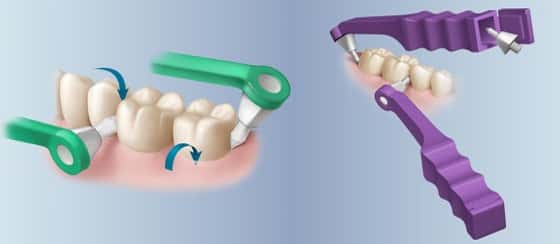
Enhancing your oral care routine doesn’t stop at the toothbrush or toothpaste. There’s a wealth of additional tooth brushing aids that can contribute to your dental health. Here are some valuable options to consider:
- Sulcabrush: The Sulcabrush is a nifty tool equipped with a small head and a tufted, pointed end designed for precise cleaning in challenging-to-reach areas, such as the spaces between your teeth. It’s especially useful for maintaining optimal hygiene in those tight spaces.
- Interdental Brushes: Resembling pipe cleaners, interdental brushes are specially designed to clean between the contacts of your teeth. These brushes target the areas where toothbrushes often can’t reach, making them essential for preventing cavities in those hidden crevices.
- Water Flosser: Devices like the Waterpik Waterflosser are game-changers in dental hygiene. Water flossing has been proven effective in disrupting bacteria even in deep pocket depths of up to 6 mm. However, it’s crucial to educate yourself about the correct techniques and use water flossers at a low-pressure setting to avoid any discomfort.
These dental aids can be invaluable in maintaining your oral health, especially when used in conjunction with your regular brushing and flossing routine. By expanding your dental arsenal, you can target those hard-to-reach places and ensure a thorough and comprehensive clean. Remember that consulting with your dentist or dental hygienist can help you choose the best aids for your specific needs and receive guidance on their proper usage.
Tip #8: Prioritize Flossing for Comprehensive Oral Care
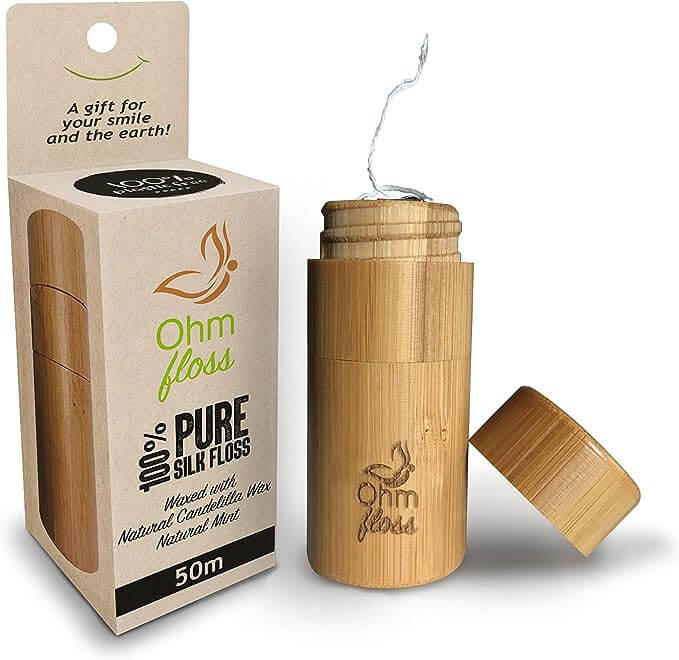
Amidst all the discussion about toothbrushes and other dental aids, it’s essential not to overlook the critical role of flossing in your oral care routine. Flossing is a cornerstone of comprehensive dental hygiene, and here’s why it should never be forgotten:
- Reach Where Brushes Can’t: While toothbrushes do an excellent job of cleaning the surfaces of your teeth, they often can’t access the tight spaces between teeth and along the gumline. Dental floss is specifically designed to reach these areas, removing plaque and food particles that brushing alone can miss.
- Prevent Cavities: Flossing helps prevent the formation of cavities in those hidden crevices where bacteria thrive. By removing debris and bacteria between teeth, you reduce the risk of decay in these vulnerable spots.
- Gum Health: Flossing is instrumental in maintaining healthy gums. It helps remove plaque and reduces the likelihood of gum disease, which can lead to more severe oral health issues if left untreated.
- Fresh Breath: Flossing isn’t just about your teeth; it also contributes to fresher breath. By eliminating food particles and bacteria between your teeth, you can enjoy a cleaner, more pleasant breath.
- Comprehensive Cleaning: Flossing complements your brushing routine, providing a comprehensive clean that addresses all areas of your mouth. It’s an integral part of maintaining overall dental health.
To ensure you’re getting the most out of your flossing routine:
- Use dental floss that suits your preference, whether it’s traditional string floss, floss picks, or dental tape.
- Floss gently but thoroughly, making sure to reach every tooth and the gumline.
- Be consistent with your flossing, ideally incorporating it into your daily oral care routine.
Remember, oral health is a holistic endeavor, and flossing plays a vital role in achieving and maintaining a healthy smile. Don’t forget to floss—it’s a small but essential step towards optimal dental hygiene.
Tip #9: Visiting Your Dentist Regularly: The Cornerstone of Dental Health
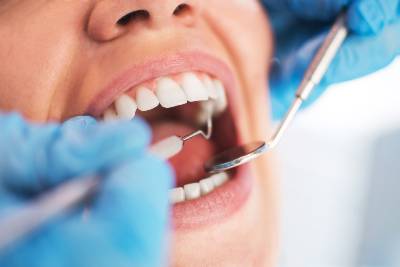
While many aspects of maintaining good oral hygiene can be managed at home, there’s one crucial element that should never be overlooked: regular dental check-ups and professional cleanings. These visits to your dentist play an irreplaceable role in safeguarding your dental health, and here’s why they’re so essential:
- Early Problem Detection: Regular dental check-ups allow your dentist to detect dental issues in their early stages. This includes identifying cavities when they’re small, detecting gum disease before it becomes severe, and spotting signs of oral cancer. Catching problems early often means less invasive and less expensive treatments.
- Professional Cleaning: Dental cleanings performed by a dental hygienist are far more thorough than what you can achieve at home. They can remove hardened plaque (tartar) and address areas that you might have missed with your toothbrush and floss. This cleaning helps prevent gum disease and cavities.
- Personalized Guidance: Dentists can provide personalized advice tailored to your unique oral health needs. They can recommend specific oral care products, such as toothbrushes, toothpaste, or mouthwash, that are suitable for your situation. They can also offer tips on improving your brushing and flossing technique.
- Preventive Care: Dentists emphasize preventive care. They can provide fluoride treatments and dental sealants to strengthen teeth and protect them from decay. They can also assess your risk factors and offer strategies to reduce the likelihood of future dental issues.
- Oral Health Education: Dentists and dental hygienists are excellent sources of oral health education. They can answer your questions about diet and lifestyle choices that impact your teeth and gums. They can also educate you about the link between oral health and overall well-being.
- Oral Cancer Screening: Regular dental check-ups include screenings for oral cancer, a serious and potentially life-threatening condition. Early detection of oral cancer is crucial for successful treatment.
- Peace of Mind: Knowing that your oral health is in good hands can provide peace of mind. You’ll have confidence that any emerging problems will be addressed promptly, preventing them from escalating into more significant issues.
In general, it’s recommended to visit your dentist every six months for a check-up and cleaning. However, your dentist may suggest a different schedule based on your individual needs and oral health status. By prioritizing these regular dental visits, you’re taking proactive steps to preserve your dental health and enjoy a lifelong, confident smile.
We also think you’ll like…
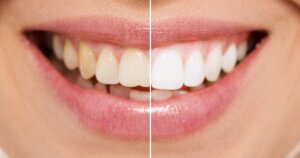
Smile Makeover
Smile Makeover What Is a Smile Makeover? A confident smile can brighten up a room and leave a lasting impression. It is a reflection of

Halitosis
Halitosis What Is Halitosis? Halitosis, commonly known as bad breath, is a condition where the breath has an unpleasant odor that can be embarrassing and

New Patient Dental Exam
New Patient Exam What Is A New Patient Exam? The New Patient Exam serves as the foundation of our dental care relationship with you. It
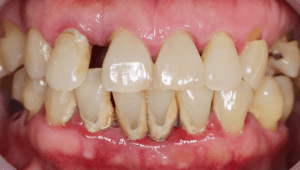
Dental Calculus
Dental Calculus What Is Dental Calculus? Dental calculus, also known as tartar, is a hard, yellowish or brownish mineral buildup that forms on teeth and
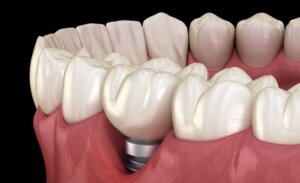
Peri-Implantitis
What Is Peri-Implantitis? What Is Peri-Implantitis? Dental implants have become a popular and effective solution for replacing missing teeth. However, like any other dental treatment,
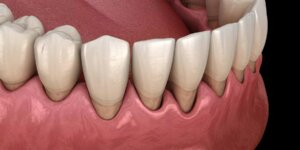
Gingivitis
Gingivitis What Is Gingivitis? Gingivitis is a common and mild form of gum disease that causes inflammation, redness, and swelling of the gum tissues that

